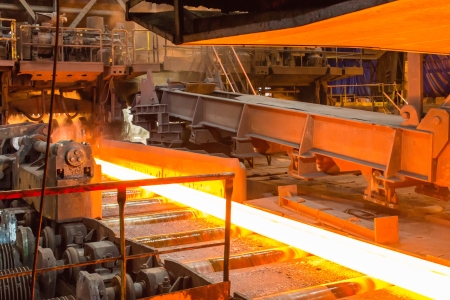
- Company
- Services
- Fields of Expertise
- Publications
- References
- Contact
- EN DE

Industrial processes use the environment as a supplier of raw materials and energy and are also dependent on its capacity to absorb material and energy residues. If the thermal energy generated cannot be used elsewhere, the waste heat must be released into the environment via a cooling circuit to protect plant and machinery. The cooling medium used here is usually water, which is very well suited as a cooling medium due to its high specific heat capacity, high availability and non-harmful properties. When water is used as a cooling medium, it is usually obtained from bodies of water or wells. The amounts of energy released are usually too high to be returned directly to the bodies of water by means of once-through cooling.
 The use of cooling towers, which cool the warm water, allows a large part of the water to be recirculated. Evaporative cooling towers make use of the high evaporation enthalpy of water in addition to the heat exchange with flowing air. While part of the cooling water evaporates, energy is extracted from the majority of the water, and the water temperature drops. The fresh water requirement is thus reduced to about 5% of the requirement for once-through cooling. Evaporation leads to a concentration of salts in the cooling water, which can lead to precipitation and must therefore be controlled by blowdown and fresh water supply. In addition, control of the pH value as well as the biocide infestation is necessary. Dead zones must be avoided throughout the piping system to minimize the risk of Legionella growth.
The use of cooling towers, which cool the warm water, allows a large part of the water to be recirculated. Evaporative cooling towers make use of the high evaporation enthalpy of water in addition to the heat exchange with flowing air. While part of the cooling water evaporates, energy is extracted from the majority of the water, and the water temperature drops. The fresh water requirement is thus reduced to about 5% of the requirement for once-through cooling. Evaporation leads to a concentration of salts in the cooling water, which can lead to precipitation and must therefore be controlled by blowdown and fresh water supply. In addition, control of the pH value as well as the biocide infestation is necessary. Dead zones must be avoided throughout the piping system to minimize the risk of Legionella growth.
When designing the cooling towers, attention must be paid to the hydraulic load on the systems on the one hand, and on the other hand, the energetic capacity of the cooling tower must be matched to the requirements of the system. Especially at high air temperatures and high humidity in summer, the cooling capacity of the cooling tower decreases.
Air contact causes contamination of the cooling water. In cooling circuits where the water comes into direct contact with consumers, heavy contamination also occurs, for example from oils or scale residues. These make it necessary to have a purification system that is adapted hydraulically and to the impurities.